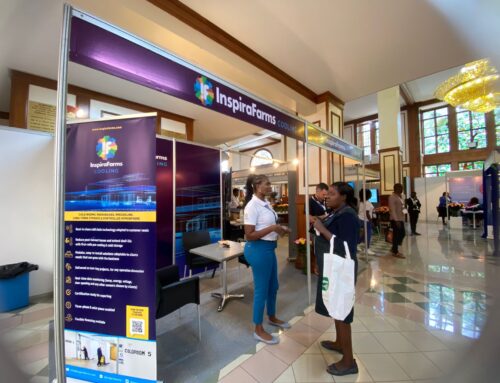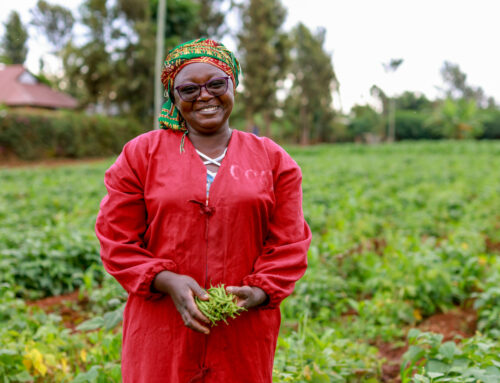Presenting the report Moving the Needle: Critical Success Factors for Scaling Asset Finance
The last report by Epven, with support from the Shell Foundation and the Small Foundation, explores the challenges and emerging solutions to scaling asset finance options for small and growing agribusinesses (SGBs) in developing countries.
The investment opportunity in agribusiness assets in emerging economies runs into the billions of dollars. The social and environmental benefits that can be gained by reducing food losses, increasing employment and enterprise sustainability, as well as empowering women and rural communities, are equally significant.
Despite this opportunity, most small-scale agribusinesses in developing countries lack access to reasonable financing options for acquiring such assets, falling into the “missing middle” and facing a combination of unrealistically high collateral requirements and unaffordable interest rates. It’s estimated that formal financial institutions meet less than a sixth of the $200 billion in demand for financing from smallholder agribusiness globally.
Asset financing is one form of finance that is quickly emerging as a promising new model with a growing number of providers diversifying into the sector. The report Moving the Needle: Critical Success Factors for Scaling Asset Finance examines the potential of asset finance to reverse this financing gap. Reflecting the first-hand experiences, innovations and perspectives of over 70 asset finance experts in Kenya, Guatemala, and India—the “coal-face” of the industry—the report highlights four critical success factors that drive scale in asset finance:
- The asset must be liquid to act as its own collateral. There must be a market for the asset, and resale value must be measureable.
- SGBs must demonstrate their capability to effectively utilize the asset. The use of cash flows is recommended for the calculation of financial viability and credit worthiness.
- SGBs must have a stable and secure market for the expected outputs of the asset. Having secure contracts from buyers in the agricultural sector is a positive incentive for financial institutions and for securing a stable stream of revenues for SGB’s.
- Network organizations like ANDE, the GIIN and the Sustainable Food Lab support more and better ecosystem collaboration between technology companies, financial service providers and producers and buyers along the agricultural value chain.
The report summarizes key roles for the main actors of the asset finance ecosystem, followed by detailed recommendations for capacity developers, 2nd tier investors, donors, DFIs and foundations, technology companies, and the financial service providers at the coal face.
Download the report in this link: Moving_The_Needle_Asset-Finance
Authors: Tim Chambers and Jack Luft
Contact Person: Tim Chambers (tchambers@epven.com)



